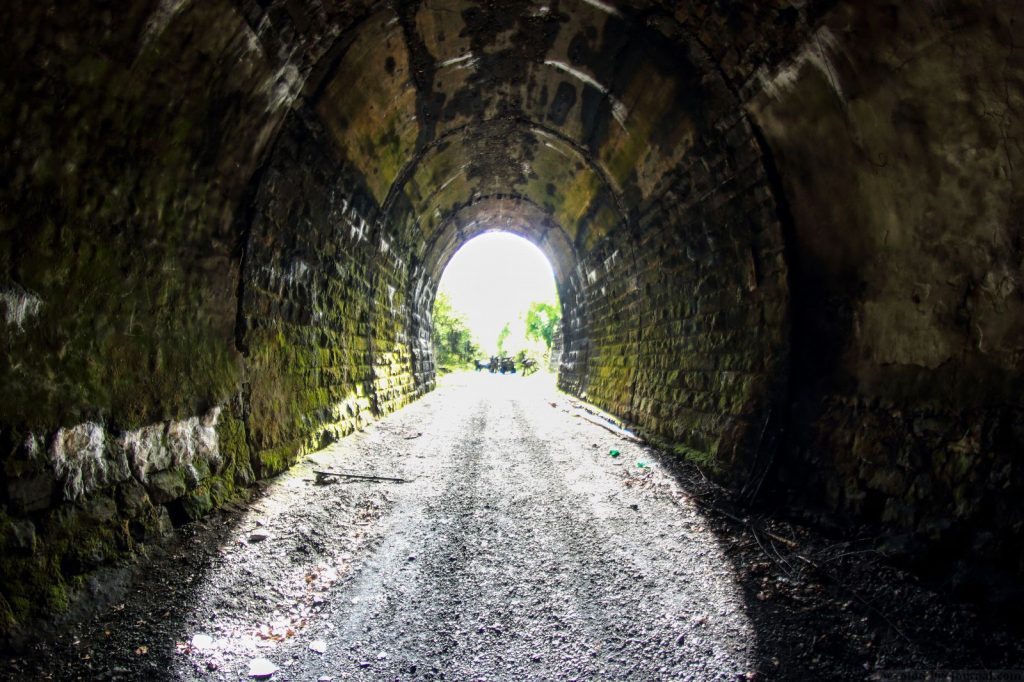Didino has an abandoned railroad tunnel
About 60 kilometers west of Ekaterinburg, the Sverdlovsk region’s capital, there is a pretty unusual location: a sizable abandoned railway tunnel with the same name as the village of Didino, which is currently nearly entirely deserted. But this place was bustling with activity in the past.
The tunnel was built between 1914 and 1918. This tunnel played a crucial strategic role in the Russian Civil War. Legends of innumerable valuables that the White Command hid someplace in these locations while saving them from the Bolsheviks arose as a result of Kolchak’s echelons passing through it on their way to Siberia. Map of the Didino Tunnel from Google. By Dmitry Solodyankin, photographer.
#1
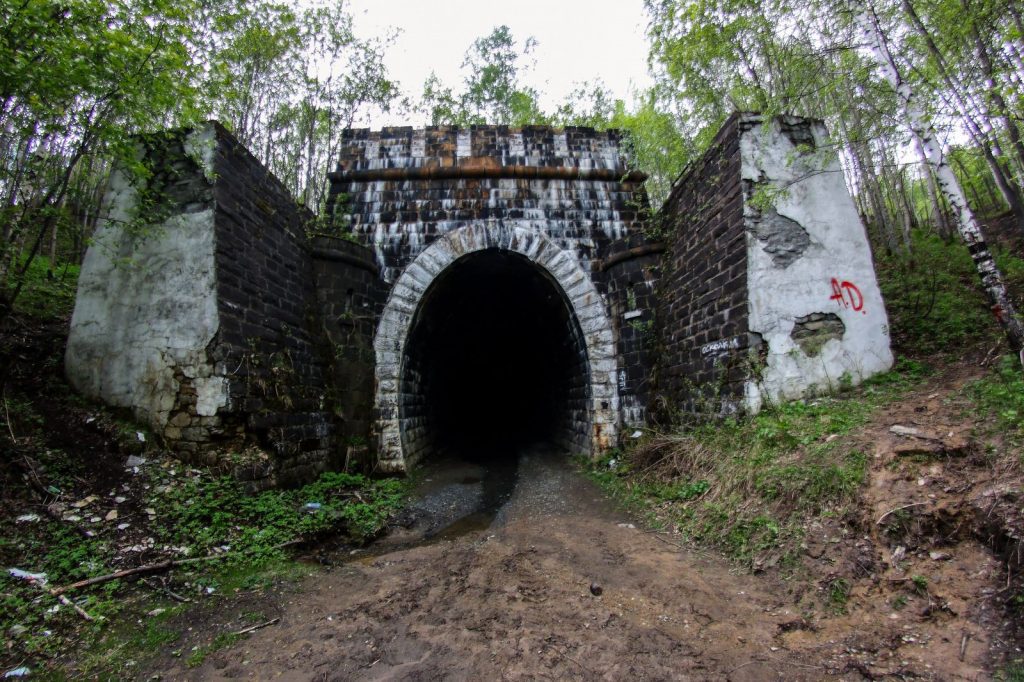
Try looking for a pre-revolutionary building, especially in the interior of Russia. The best result is discovering an abandoned Tsarist-era item in good shape. One such location in the Sverdlovsk area is well-known to the general public and is frequently visited. railroad tunnel Didino.
Let’s explore the past. In Russia, the first railway was formally inaugurated in 1837. From St. Petersburg to Tsarskoye Selo, trains started to run. Distinguished individuals, including Emperor Nicholas 1, who personally left for his journey, were present during the opening. The journey took 35 minutes from St. Petersburg to Tsarskoye Selo; the return journey took just 27 minutes.
However, the railway network’s following development lacked a widespread nature. Public networks progressed very slowly while private development initiatives were banned. Following Russia’s defeat in the Crimean War, everything changed. Railway network construction got underway. Discussions about building a railway in the Urals started in 1861.
#2
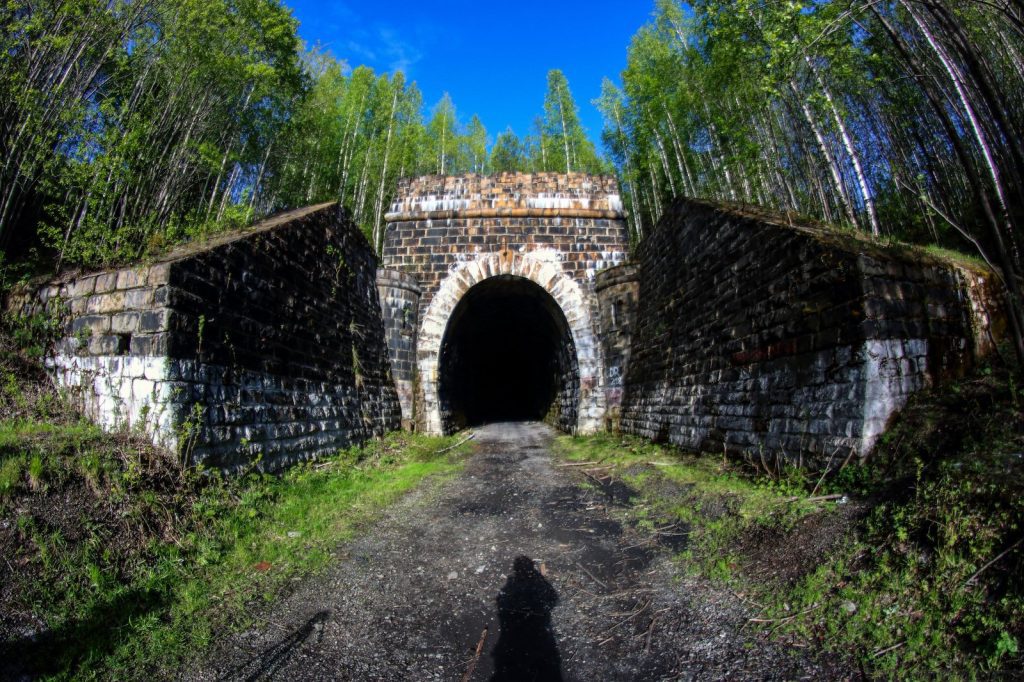
The first plan was to use Nizhny Tagil to connect Perm and Tyumen. Later, a different version of the railway from Perm to Kungur and Yekaterinburg appeared. The implementation of these projects was decided after much deliberation.
#3
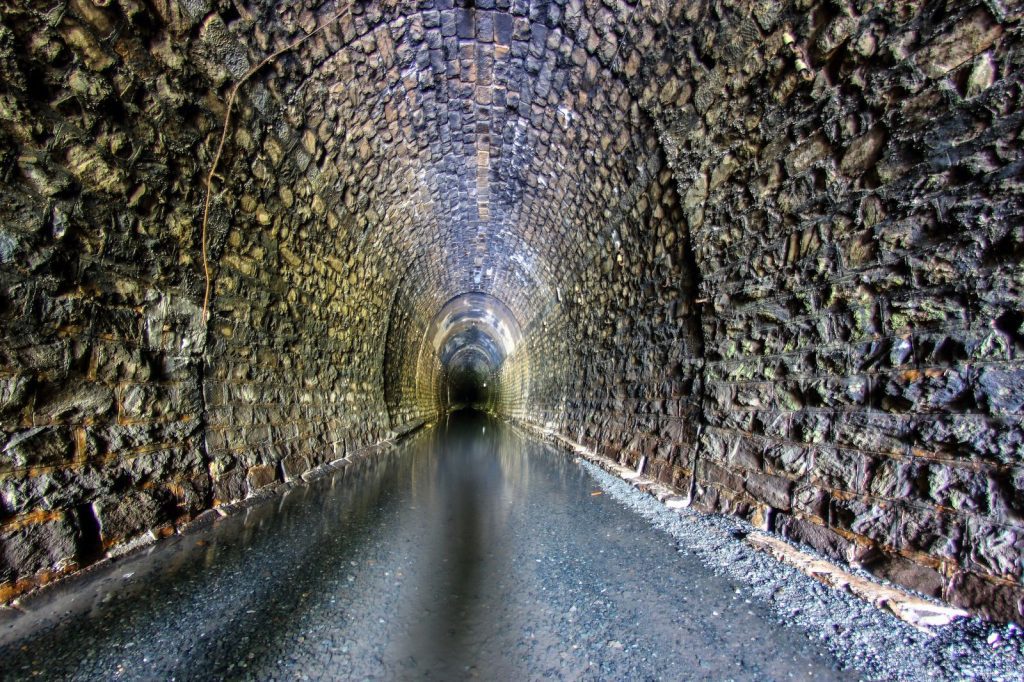
The Didino tunnel is 1123.7 meters long, 4.65 meters wide, and 6.1 meters high. Along the length of the tunnel, there are also two drainage tunnels. There is a ventilation shaft located in the tunnel’s center as well. Its depth exceeds 50 meters.
#4
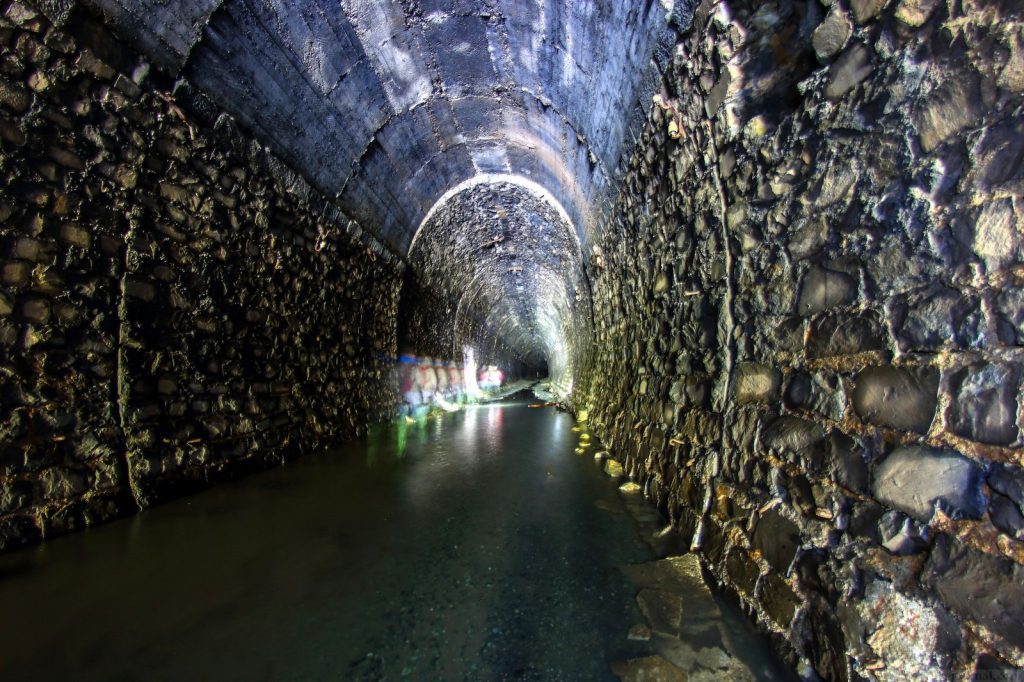
The Urals had a railway network established by 1909 that was unconnected to the city. Travelers were astounded by the numerous challenges this mining route overcame during construction, including massive embankments, extensive excavations, and lengthy tunnels carved deep into the mountains.
#5
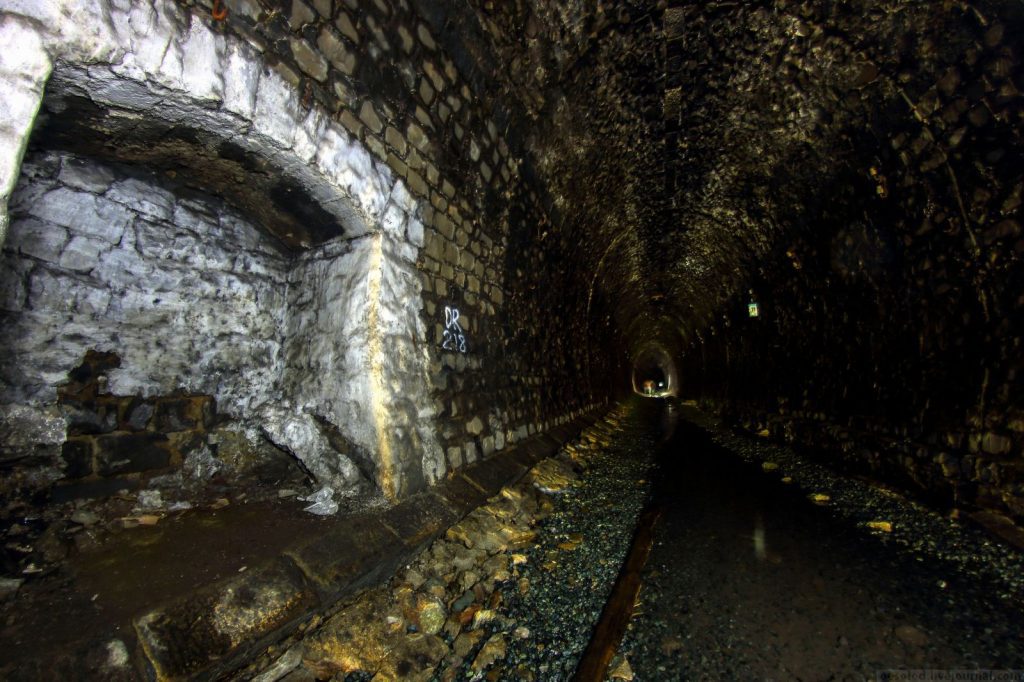
The Urals, Siberia, and the Far East needed to be connected to the center region at this point. The Trans- Siberian Railway has three basic options:
1. Northern: via Nizhny Tagil and Yekaterinburg from Perm to Tyumen
2. Medium – via Kungur and Yekaterinburg from Perm to the Tobol River
3. Southern – from Tyumen to Krasnoufimsk and Yekaterinburg to the Sarapulsky district.
#6

The tunnel had already started to deteriorate when the final train ran through it in December 1995. Groundwater was eroding it, the trackmen were continually clearing ice from the tracks, and the tunnel’s speed restriction was barely 10 km/h. After shutting, the rails were taken apart.
It was determined to execute an entirely different project that would pass through Samara, Ufa, Zlatoust, and Chelyabinsk before continuing to Omsk as a result of various examinations and inspections. The construction period was from 1886 through 1892.
#7
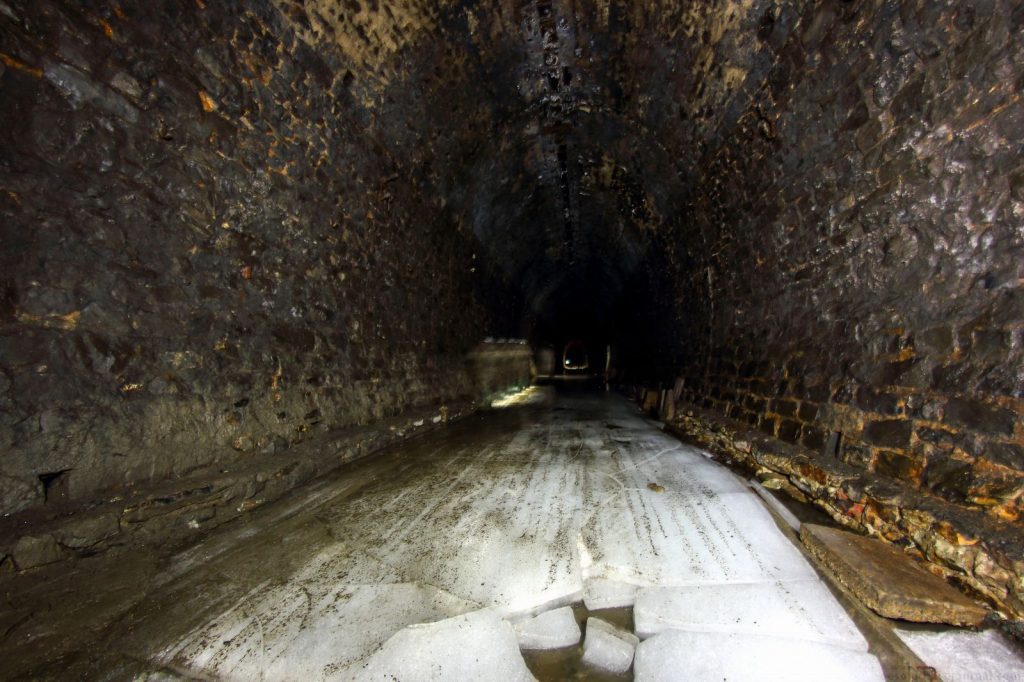
As a result, work on the Kazan-Ekaterinburg railway was put off. Only in 1914, albeit in multiple locations at once, did construction on this site begin.
#8
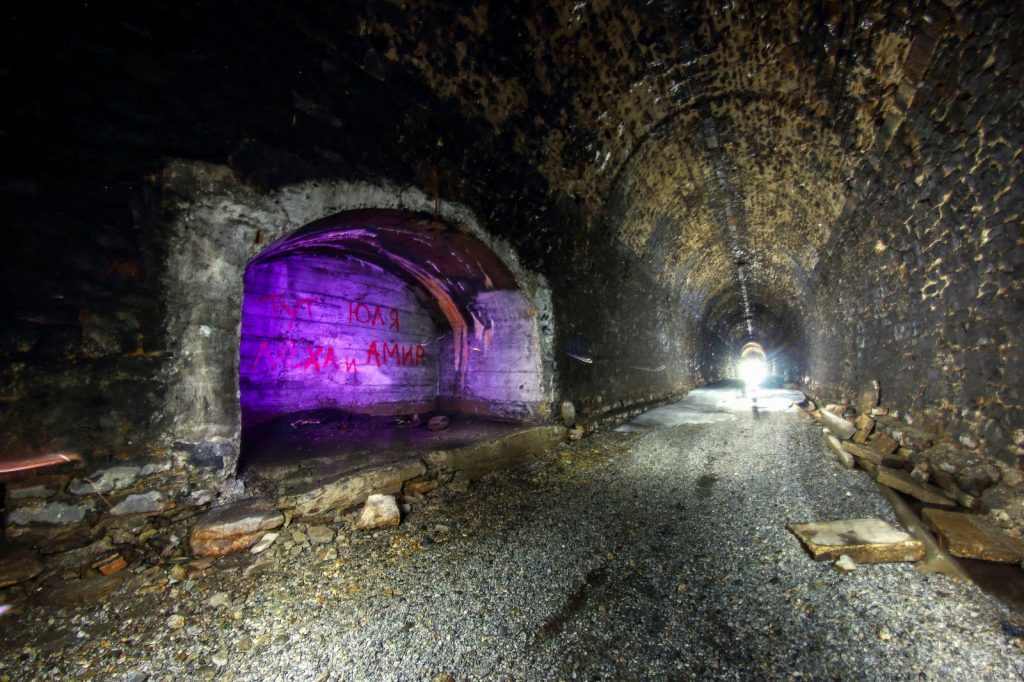
Local villages completed the work, laying tunnels, building bridges, and building a subgrade. They started using prisoner-of-war labor after the First World War broke out. All of the line’s viaducts and tunnels, including Didino, were built between 1917 and 1918. The Didino Tunnel’s principal architect allegedly committed suicide. No docking occurred during the punching of the rock due to a calculation error. The tunnel consequently developed a curve. This was a fatal oversight for the construction manager throughout those years.
#9
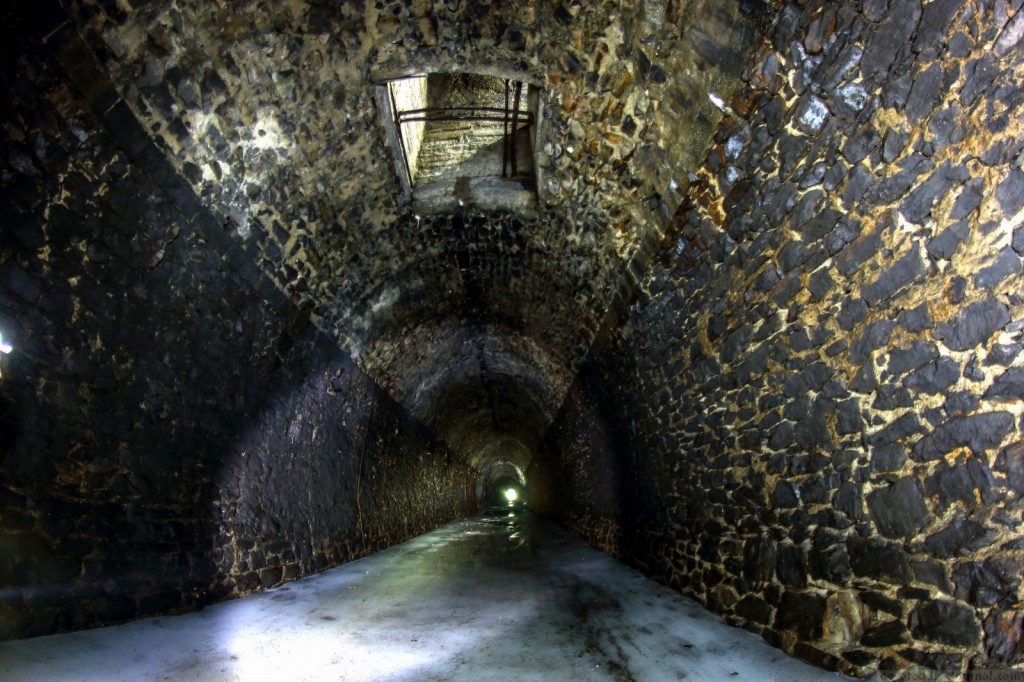
Since no one is around to remove the ice today, it doesn’t thaw in the tunnel’s middle until October. Summertime temperatures in the tunnel are significantly lower than those outside. The temperature in the tunnel never exceeds +10 degrees Celsius, even in the 30-degree heat.
#10

Even during the Civil War, when this line was of crucial strategic value, work continued. In 1918, the Didino tunnel was completed, and Kolchak’s retreated echelons to Siberia used it.
#11
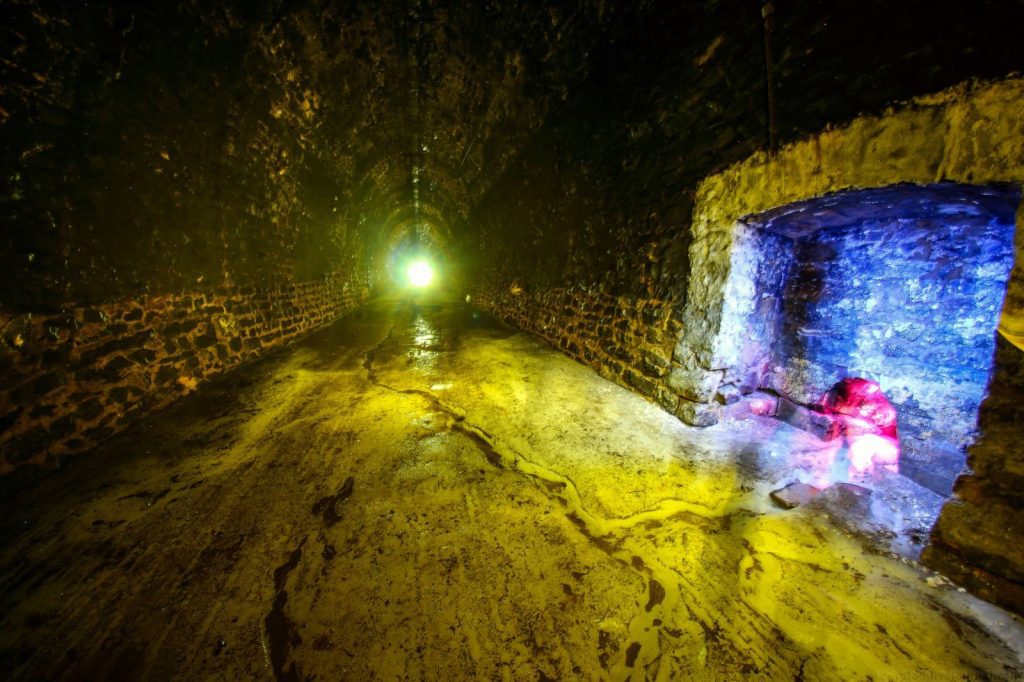
Only in 1924 was the Kazan-Yekaterinburg line fully operational. Throughout the Soviet era, the Didino tunnel saw regular use. Until the final train passed through it in 1995.
The tunnel had fallen into disrepair in recent years, was frequently submerged by groundwater, had a ten km/h speed limit, and required continual ice removal from the tracks by maintenance staff. Since no one is now engaging in this activity, the sea is frequently visible at the tunnel’s entrance, and ice can be seen deep within. For instance, there were over two meters of ice in the tunnel’s core during the height of July.
#12
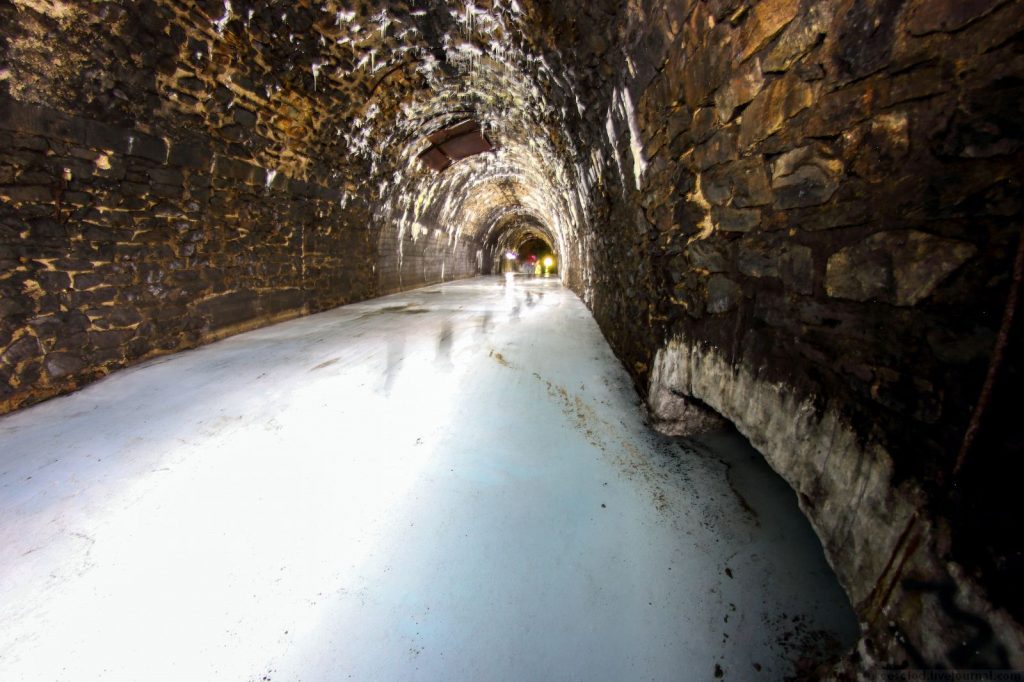
The unknown is what will become of this enormous railroad object. It has developed into a distinctive draw for many of people who enjoy urban and adventurous tourism.
#13
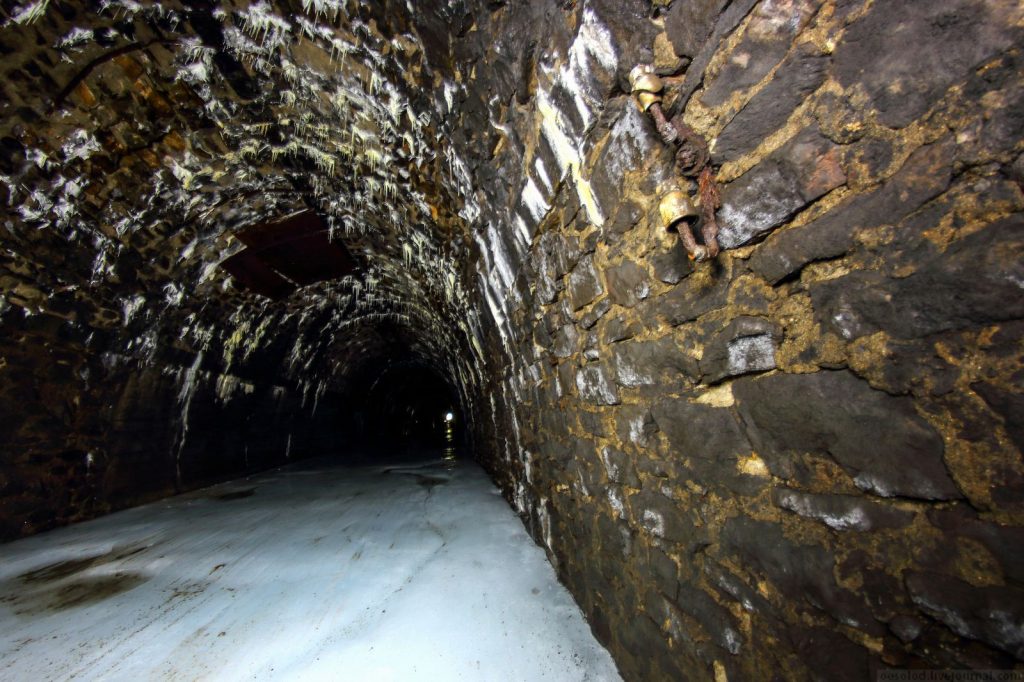
#14
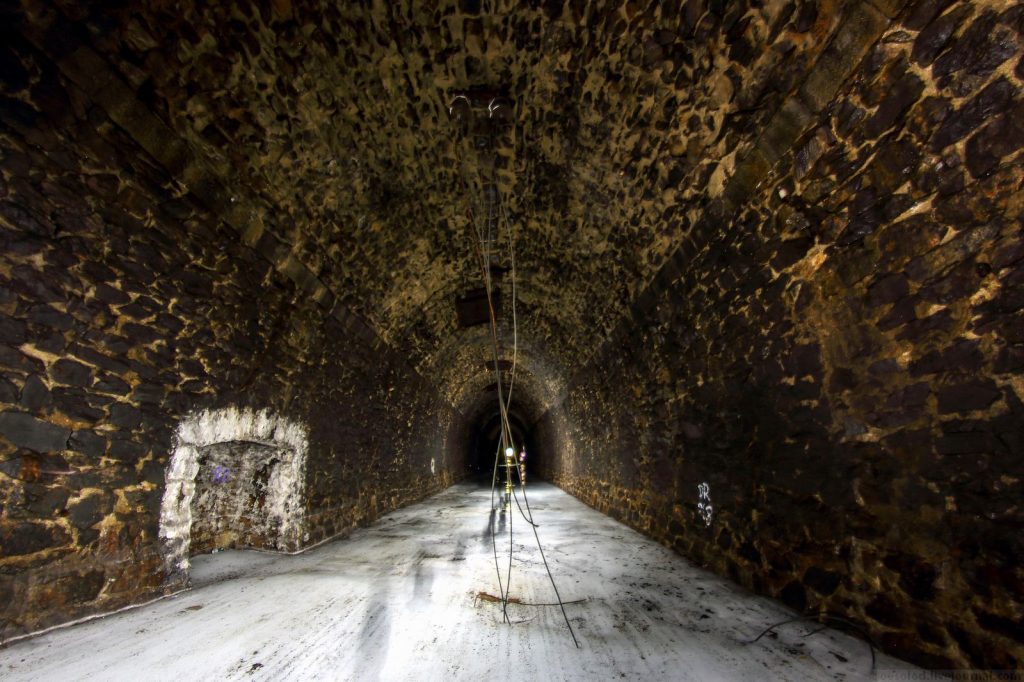
The tunnel is 1,123 meters long, 4.65 meters broad, and 6.1 meters high, according to the Sverdlovsk Railway. There are two more technical maneuvers that occur concurrently with the primary move. One channel, which is required to drain water, is below the main tunnel’s level.
#15
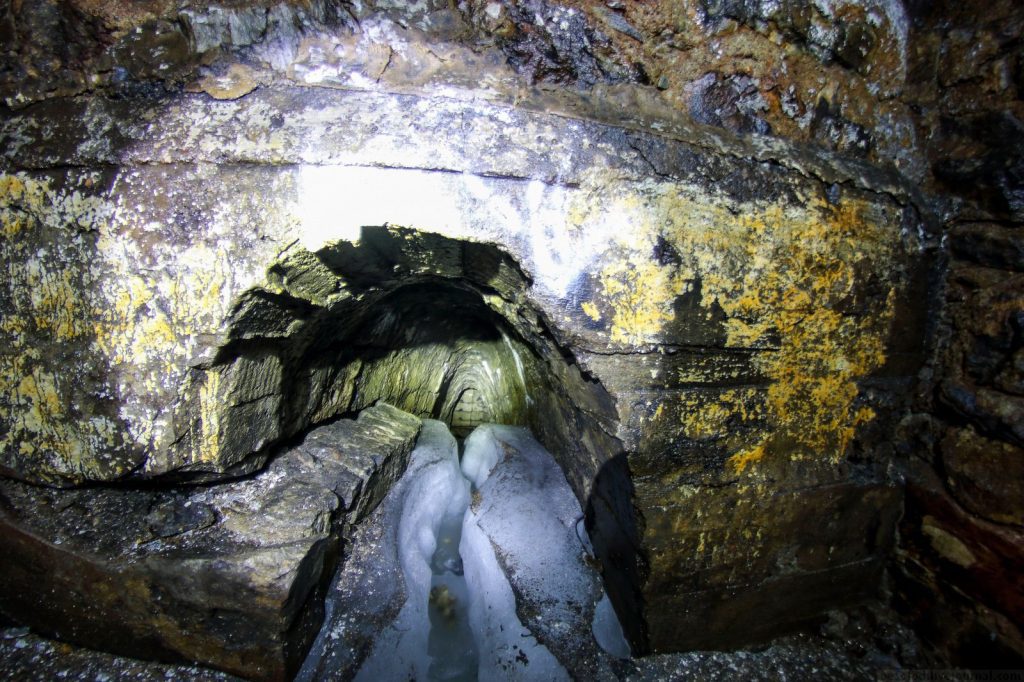
#16

It appears that his task was to direct water toward the river from the tunnel. It is not particularly wide or tall, making it quite challenging to pass entirely. The drainage tunnel’s passageway intersects with the main tunnels on the left and continues straight back into the shadows.
#17
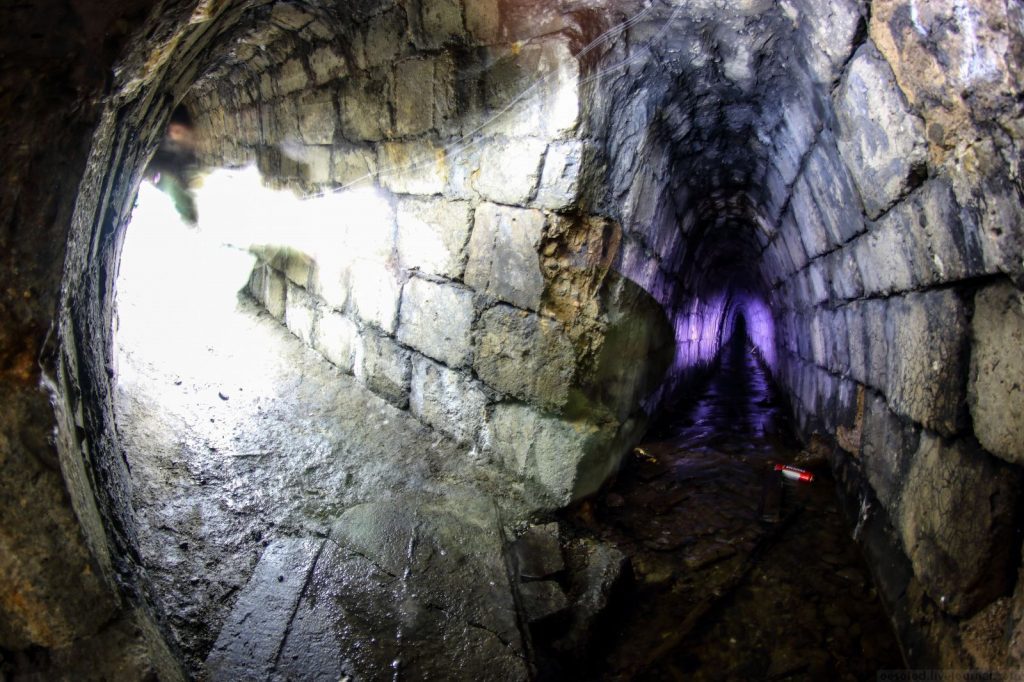
#18
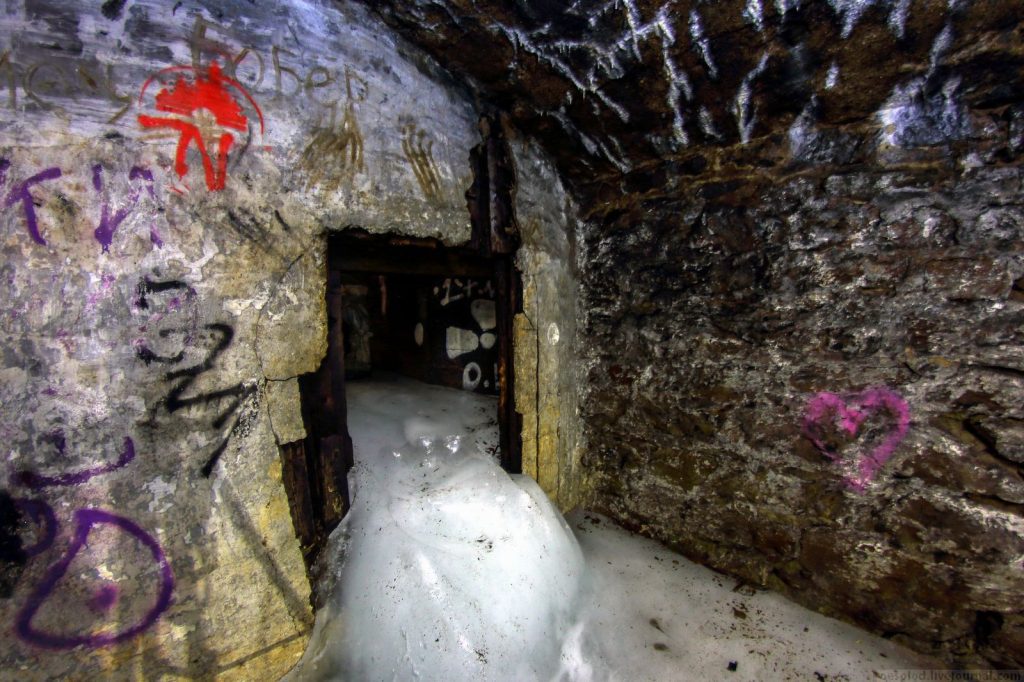
Even if all of the equipment was once serviced, it is now in terrible shape. Even though there are stairs, it is difficult to raise because of the constantly flowing water and ice.
#19
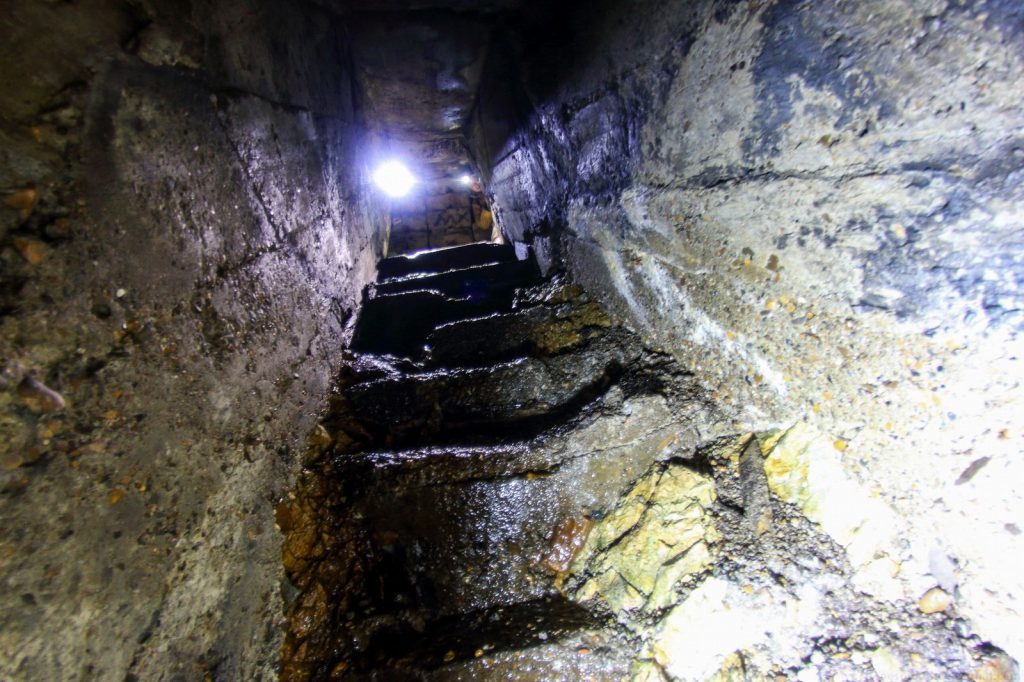
#20
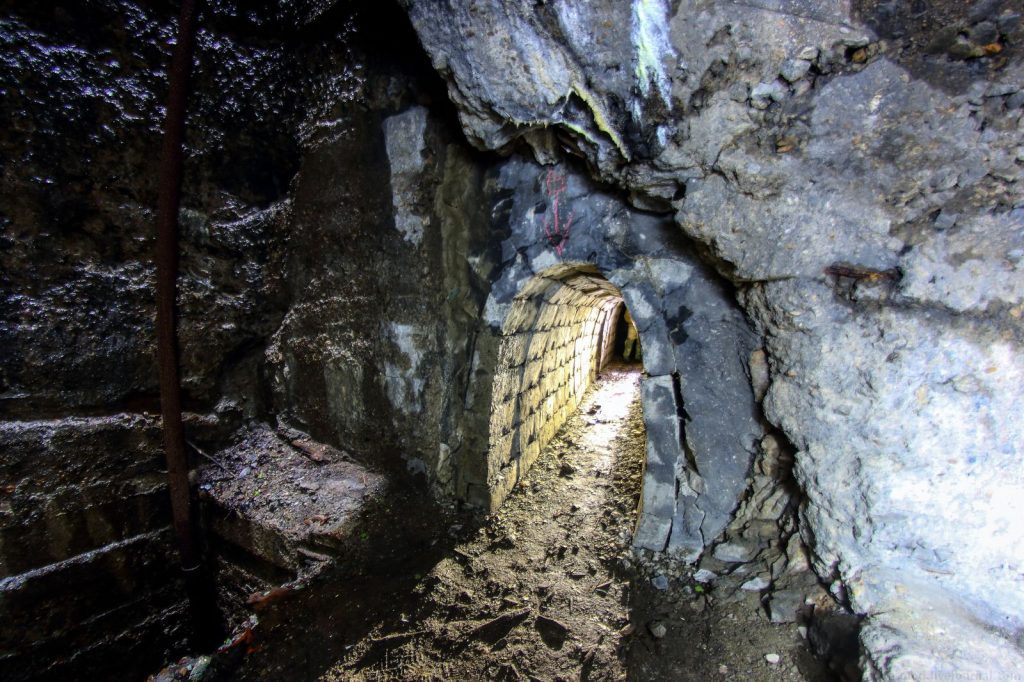
#21

#22
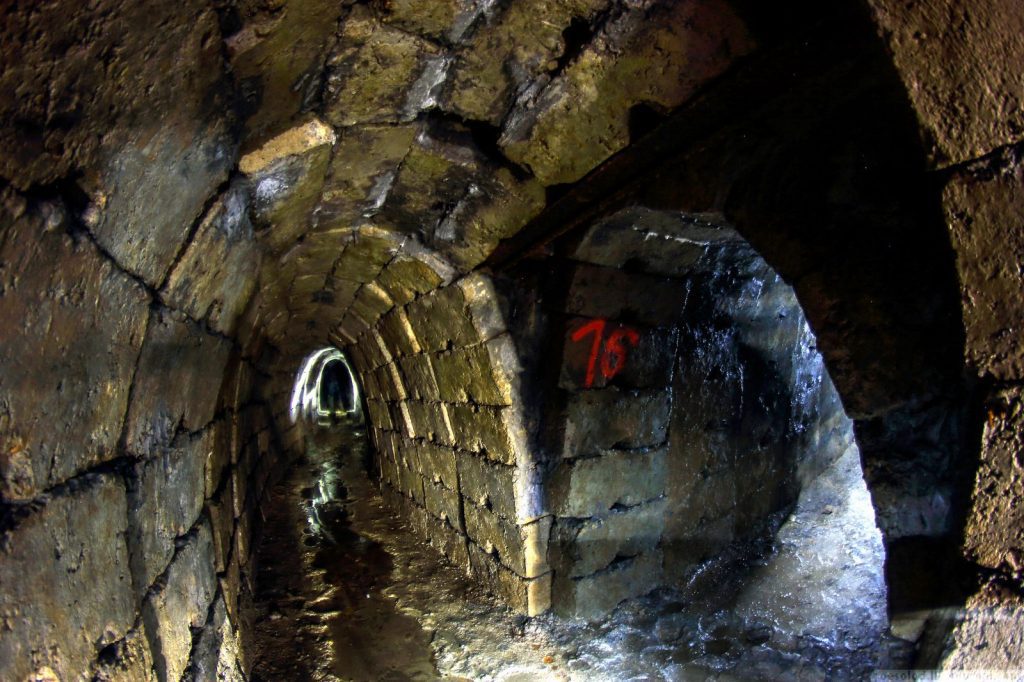
#23
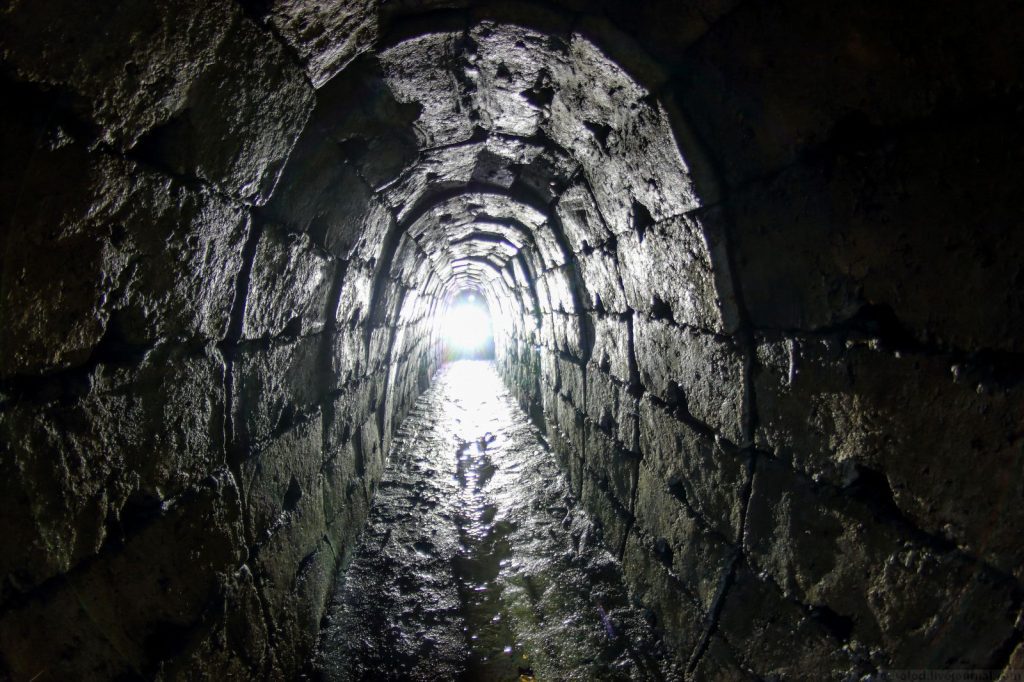
#24
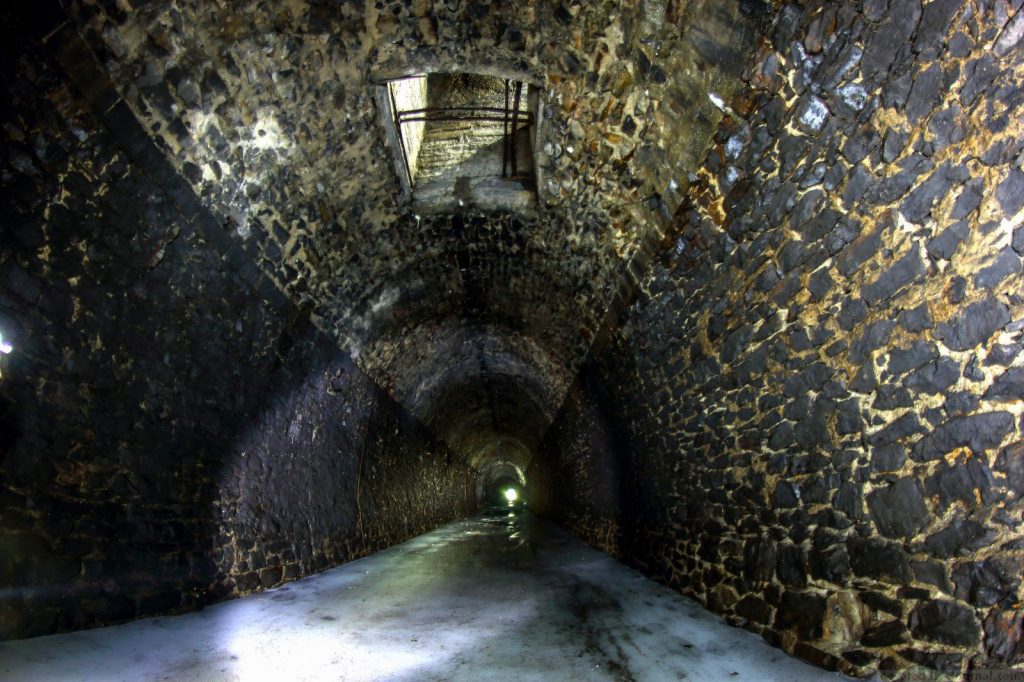
#25
